The System of Rice Intensification (SRI) is helping bring rural farmers closer to food self-sufficiency in many countries in West Africa including Mali. SRI potentially reduces water use, increases land productivity, and provide a buffer against the impacts of climate change while reducing reliance on artificial inputs, like pesticides and artificial fertilizer.
Mali, where rice is the staple food, imports more than 45 percent of its rice. The West Africa Agricultural Productivity Programme (WAAPP), a program at CORAF, introduced SRI methods to increase rice production and lower food insecurity sustainably.
SRI creates two possible harvest periods in Mali, thereby reducing the length of the lean period. With increased income, farmers are purchasing food supplements and investing in education.
« With this practice, I can feed my family, and the income generated enabled me to cover health costs and school fees for my children, » says Adama Dougnon, a rice producer in the Segou Region of Mali. « Before, I used to practice the broadcast seeding method. With 120 kilograms of paddy rice seeds, I can reap 3-4 tonnes per hectare. Then I switched to a regular rice-transplantation system that allowed me to get about 5 tons with 80 kilograms of seeds per hectare. But the introduction of the SRI by WAAPP has significantly increased my yields. Currently, my yields are estimated in the range of 8 to 8.5 tons per hectare with a maximum of 15 kilograms of paddy rice seed used. »
SRI is a crop management approach developed by Fr. Henri de Laulanié in Madagascar in 1983. The goal is to create nutrient- rich soil and provide individual plants with the space to grow, allowing them to develop a stronger root system. This leads to stronger plants and larger yields.
 English
English
 Français
Français 
